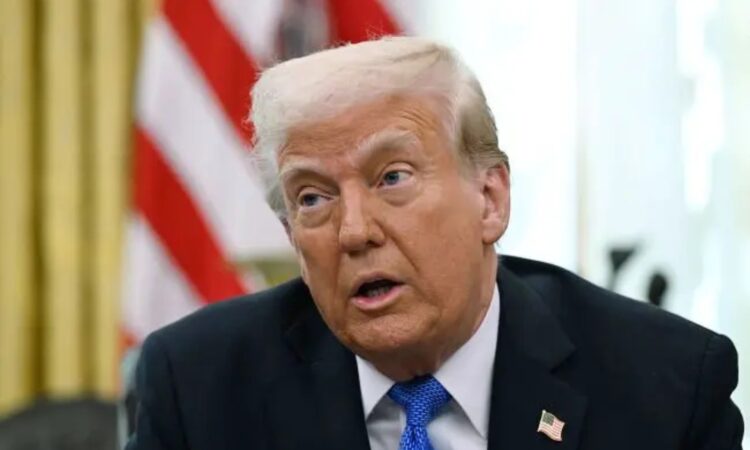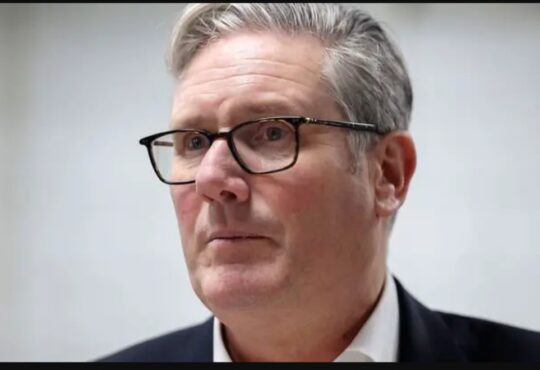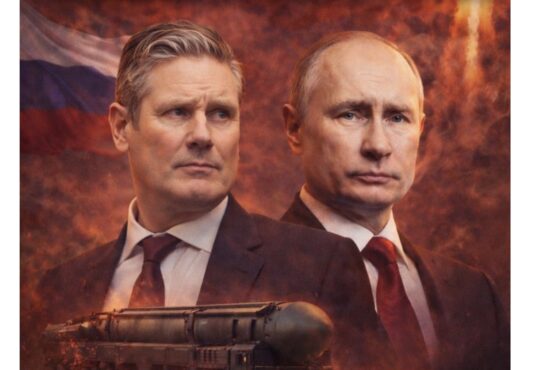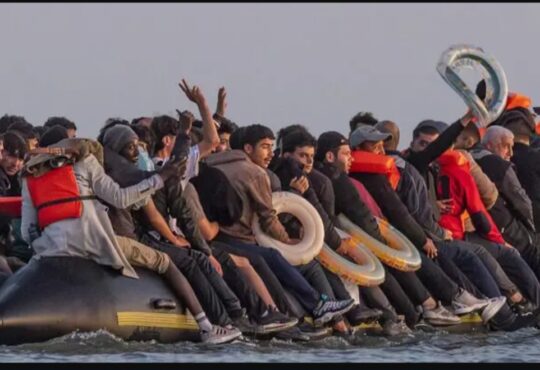
This week, there were more talks about ending the war in Ukraine, but no big progress was made. Donald Trump is growing more upset that the peace he promised hasn’t happened yet. RBC-Ukraine gave a summary of what’s been going on recently in the peace talks.
On March 30, NBC News reported that Trump is very angry with Putin, especially because Putin said Ukraine’s president, Zelenskyy, isn’t legitimate. Trump told NBC he might put tariffs on Russian oil. On April 1, Fox News said Trump is frustrated that Russia is dragging out the peace process. He wants a ceasefire and is considering tougher sanctions. Sources said current sanctions aren’t working well, and the US may try to block Russia’s secret oil ships.
The White House also said Trump is unhappy with how both Russia and Ukraine are behaving, not just Putin.
On March 28, US Secretary of State Marco Rubio said it’s hard to say when a ceasefire will happen because the US isn’t in full control of the talks. He explained that the US hasn’t spoken with Russia in years and it’s taking time. On April 4, Rubio said we’ll know within weeks if Russia really wants peace.
On April 2, US envoy Keith Kellogg said Ukraine and Russia are getting closer to a ceasefire. He said both sides need to compromise and won’t get everything they want.
Meanwhile, Russia’s Deputy Foreign Minister Ryabkov said they don’t like Trump’s peace ideas because they don’t address what Russia sees as the root causes of the war.
Russia is still bombing Ukraine every day, including power plants and homes. Zelenskyy said Ukraine is keeping the US updated on these attacks, since there’s no international team monitoring the situation.
Russia says that after Trump and Putin spoke on March 18, Putin ordered fewer attacks on power plants for 30 days. But now Russia is blaming Ukraine for breaking this agreement. On April 1, Russia’s foreign minister complained to the US, the UN, and others that Ukraine was still attacking energy facilities.
Ukraine’s officials say they see signs that Russia is getting ready to increase fighting again, even as talks are going on.
On April 3, Kirill Dmitriev, a top Russian official, came to the US. It was the first visit of someone that high up since the war started. The US had to lift sanctions on him for the trip.
After the meeting, Dmitriev said there was big progress, but more meetings are needed. He said the US and Russia also talked about working together in the Arctic and in the rare earth minerals market. He claimed US companies might replace European ones in Russia.
He also said Russia might consider giving Ukraine some security guarantees, though they’re still against Ukraine joining NATO. That’s a slight shift from Russia’s earlier position.
Bloomberg reported that the US is waiting for Dmitriev to report back to Putin before making any next moves.
On March 31, Trump said Zelenskyy might back out of a deal about rare earth minerals, and warned that could cause “big problems.” But sources in Ukraine said talks are still going on.
Ukraine’s foreign ministry said they got a new version of the agreement from the US on March 28, and are reviewing it. Ukraine says any deal must match its laws and not interfere with joining the EU.
On April 3, US Treasury Secretary Scott Bessent said a Ukrainian team will come to the US soon to keep working on the deal. He said the US is ready to move forward.
European countries in the “Coalition of the Willing” are still looking at possibly sending troops to Ukraine. On April 4, military officials from the UK and France came to Kyiv to talk about technical details and support. France’s President Macron might represent Europe in future peace talks.
European support was also discussed in a NATO meeting on April 3–4 in Brussels.
But Trump’s new trade tariffs may hurt long-term support for Ukraine. On April 2, he signed an order putting tariffs on many countries. A Ukrainian official warned this could slow down Europe’s economy, making it harder for them to help Ukraine. He also said other countries might respond with their own tariffs, which could hurt Ukraine more.
At the same time, the US is slowly pulling back from helping Ukraine. On April 11, a big meeting of 50 countries will take place in Brussels to discuss military aid. But this time, the US defense secretary won’t be there—he usually leads the meetings.





